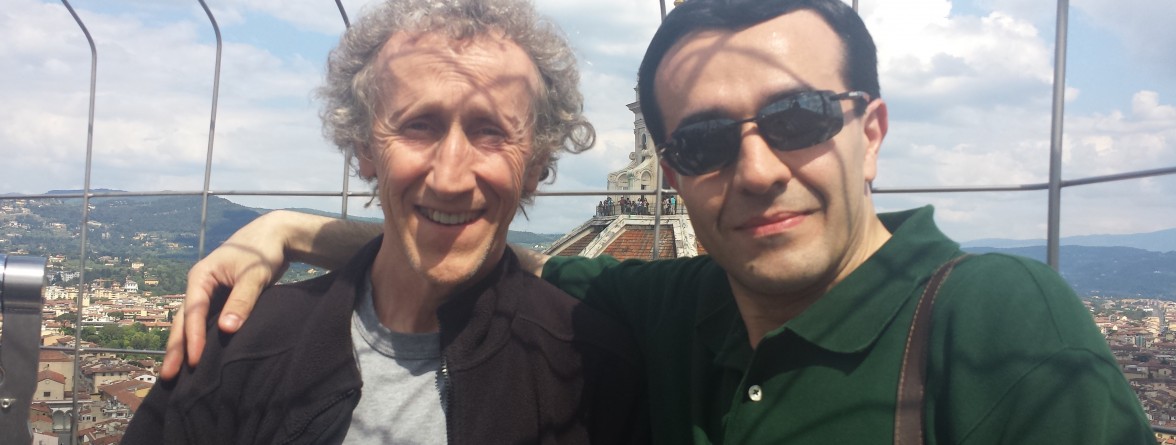By Maxim LeFleur
On April 27th, the students of McDaniel College Budapest gathered for a special guest lecture about ancient Etruscan civilization from visiting professor, Italo Simonelli. The talk was close to his heart, as Professor Simonelli comes from Central Italy, the home of the pre-Roman Etruscan city-states. As he explained over the course of the talk, the Etruscans were a fascinating, sophisticated culture, whose unique civilization remains opaque due to an absence of reliable documentation.
Professor Simonelli told the audience that Etruscan Civilization is primarily understood through visual remnants, such as artifacts and ruins. The Greeks and Romans, the primary written sources of documentation regarding the Etruscans, generally provided distorted and negative perspectives that are poor historical sources.
As Professor Simonelli explained, with a culture present from roughly the 1200s BCE to around 90 BCE, the time of the Roman conquest, the Etruscans are an important precursor culture of the region. Composed of federations of theocratic city-states, the Etruscan treatment of women, metal-working techniques, and distinct written language separated them from their contemporaries in the region. The presentation drew strong interest from the audience for the comparatively prominent position of women in Etruscan civilization, who were regarded as greater intellectual and social peers of men than in other parts of the region in antiquity.
While written documents from the Etruscans no longer exist per se, their frequent inscriptions over all manner of artifacts allows for remnants of their written language to survive. Professor Simonelli’s slides specifically mentioned pottery, metalwork, sculptures, paintings, architecture, and animal and human bones as the primary sources of modern knowledge regarding the Etruscans.
Professor Simonelli also shared photos demonstrating the Etruscan granulation technique, in which, “a surface is covered in spherules or granules of precious metal [usually gold].” The remaining examples of this technique have a distinct appearance, and the details of their creation are poorly understood by modern scholars. The slides also featured photos of the tombs and necropolises that survive the Etruscans.
While the culture was largely displaced and absorbed by the Roman sphere of influence, interest in the Etruscans resurfaced in Renaissance Italy, and later the 21st Century. Professor Simonelli told the audience stories from his region of Italy, in which it was common to hear of farmers and other rural residents stumbling across invaluable Etruscan artifacts in their yards. Now, in part as a celebration of regional heritage, in part as a manner of attracting tourists, Etruscan themed festivals are popular across the region. While the flow of new discoveries has ebbed over the passage of decades, prominent archaeology schools such as Bryn Mawr College continue to send students to dig sites on a yearly basis. Professor Simonelli concluded, by mentioning that analysis and study of ancient Etruscan Civilization remains an exciting field, with many potential breakthroughs to be made by the next generation of prospective archaeologists.




